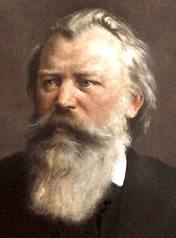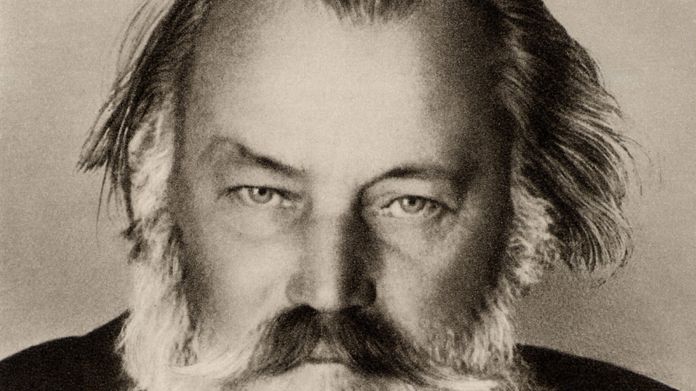Johannes Brahms’ Hungarian Dances (Ungarische Tänze) stand among the most famous and beloved works in the classical repertoire. Composed between 1858 and 1869, these lively and spirited dances reflect the deep influence of Hungarian folk music on Brahms’ work and remain a testament to his ability to blend folk traditions with sophisticated classical composition.
Origins and Inspiration
During his early career, Brahms was introduced to Hungarian folk music through his close friendship with the Hungarian violinist Ede Reményi. The two musicians toured together in the 1850s, and Reményi played many traditional Hungarian melodies, which deeply fascinated Brahms. This exposure inspired Brahms to compose a set of dances based on the rhythms and melodies of Hungarian folk traditions, particularly the verbunkos, a Hungarian dance style used in military recruitment ceremonies.
Composition and Publication
Brahms composed a total of 21 Hungarian Dances, which he arranged initially for piano four hands. He published the first two sets (Dances 1–10) in 1869 and the remaining dances (11–21) in 1880. Unlike his symphonies or concertos, the Hungarian Dances were not original compositions in the strictest sense but rather Brahms’ arrangements and stylizations of traditional folk themes. However, his masterful harmonization and structural refinements elevated these dances beyond mere transcriptions, making them uniquely his own.
Orchestral Adaptations and Popularity
The immense popularity of the Hungarian Dances led to several orchestrations, some by Brahms himself and others by later composers. Brahms personally orchestrated Dances Nos. 1, 3, and 10, while other musicians, such as Antonín Dvořák, arranged additional dances for orchestra. These orchestrations helped bring the work to a wider audience and contributed to its enduring success in concert halls.
Musical Characteristics
Each of the Hungarian Dances showcases lively rhythms, dramatic contrasts, and virtuosic energy. Many of them feature sudden tempo changes, reflecting the traditional rubato style of Hungarian folk music. The music’s infectious melodies and rich harmonies make these dances a favorite among pianists and orchestras alike.
Legacy and Influence
Brahms’ Hungarian Dances have left a lasting mark on classical music and popular culture. They have been frequently performed, recorded, and adapted for various instruments. Over time, they have influenced other composers and even appeared in films and animations, further cementing their place in musical history.
Though Brahms did not claim the themes as his own, his Hungarian Dances remain a brilliant fusion of folk traditions and classical craftsmanship. They continue to enchant audiences worldwide with their exuberant energy and rich, evocative melodies, standing as a remarkable example of Brahms’ genius in interpreting folk music within the classical idiom.


Comments are closed